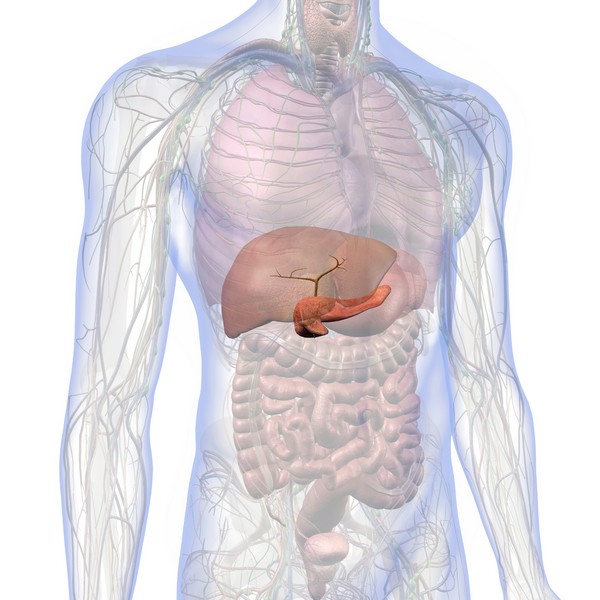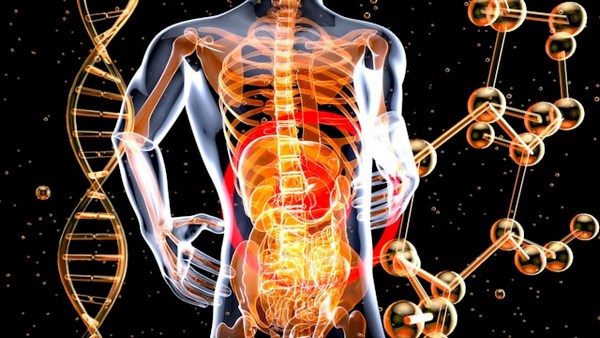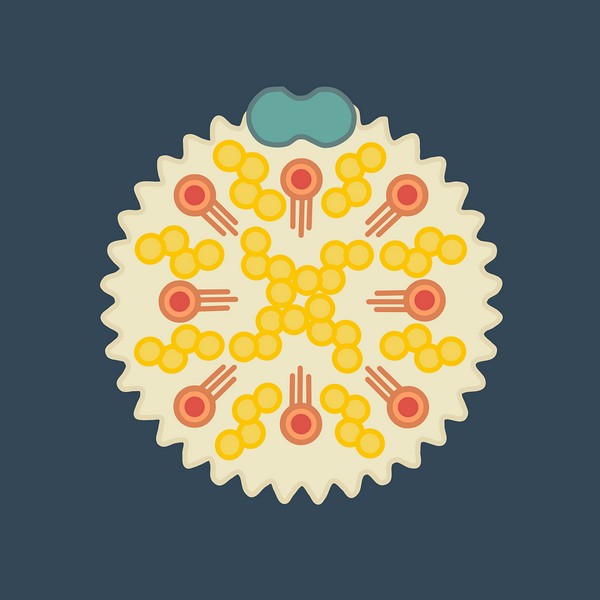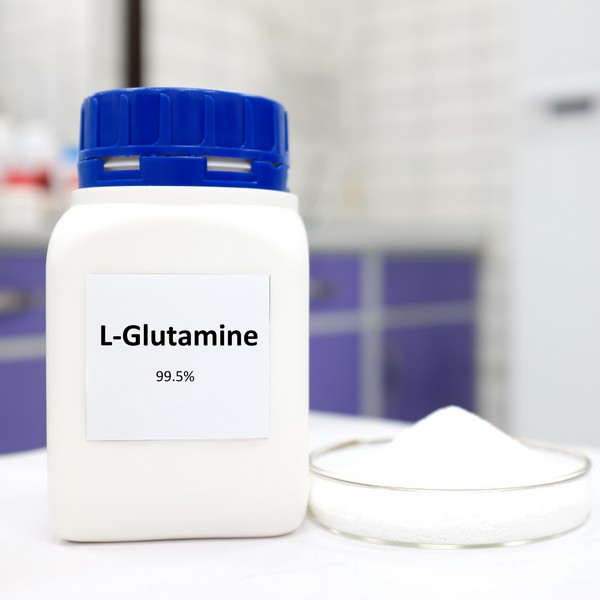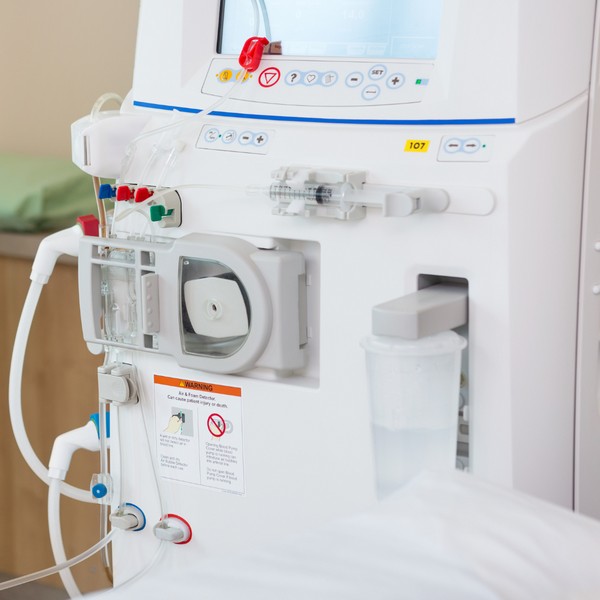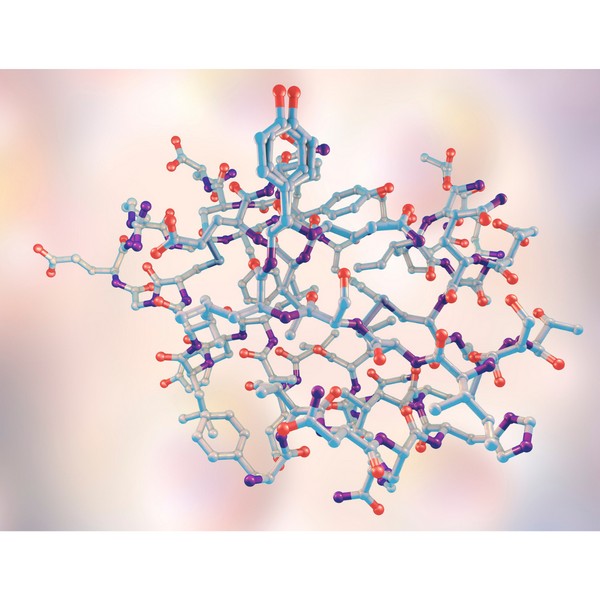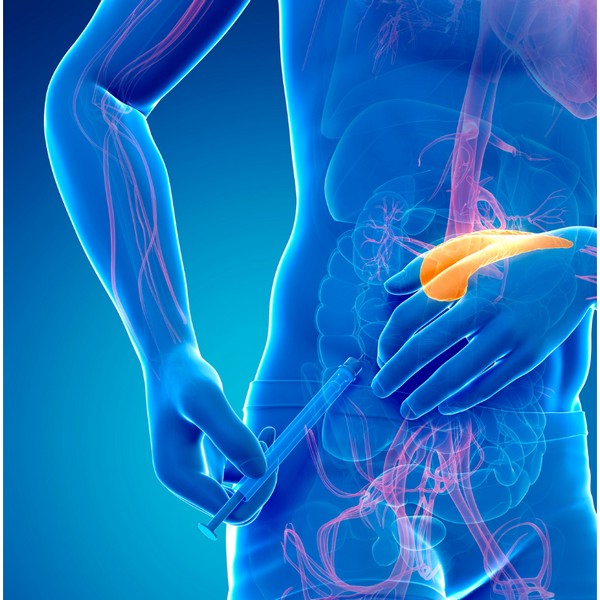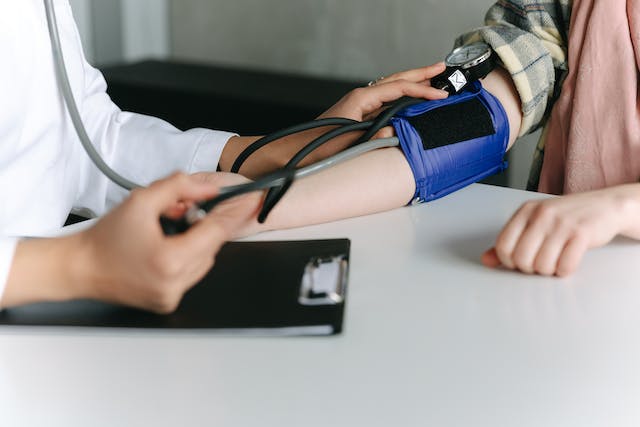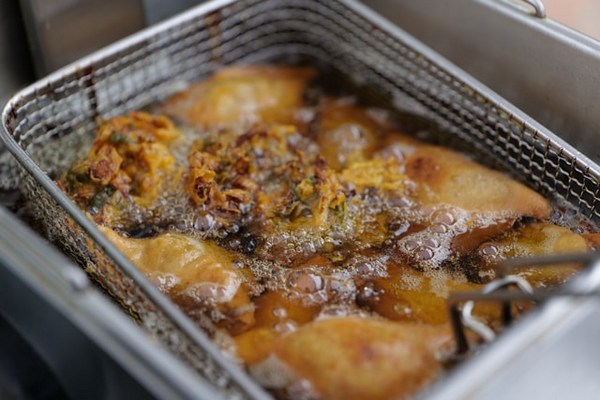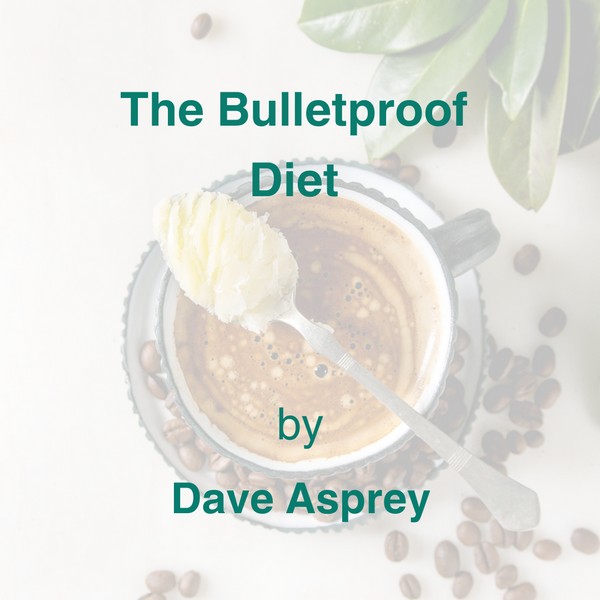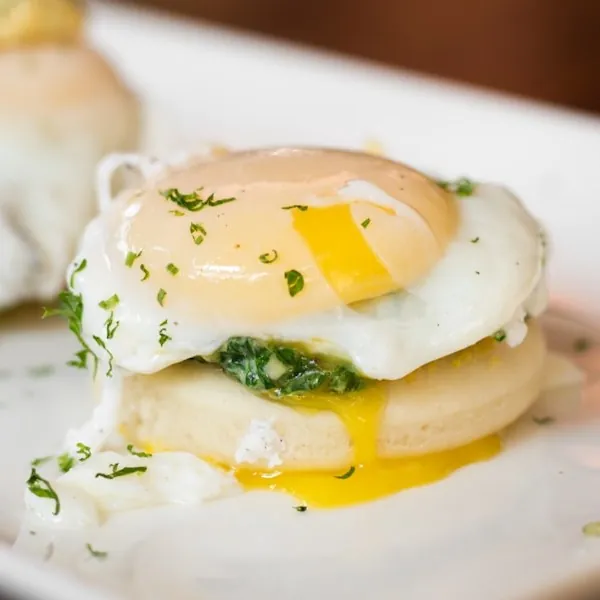Key Highlights
- Triglycerides are the most common form of fat in the body play a role in energy storage
- High levels of triglycerides can increase the risk of heart disease, stroke, and other health
- Triglycerides and cholesterol are different types of lipids that circulate in the blood
- Lifestyle changes, such as a healthy diet and regular exercise, can help manage triglyceride levels
- Medications may be prescribed to lower triglyceride levels in some cases
- Normal triglyceride levels are below 150 mg/dL adults, while high levels are above 200 mg/dL
Triglycerides and Their Role in Your Health

Triglycerides are a type of fat that are a major source of energy and help store excess calories for later use.
Understanding triglycerides is important as high levels can increase the risk of heart disease and other health conditions.
Lifestyle choices, such as diet and exercise, can significantly impact triglyceride levels.
Triglycerides vs. Cholesterol: Understanding the Differences
Triglycerides and cholesterol are often discussed together, but they serve different purposes in the body. Cholesterol is essential for building cells and certain hormones, while triglycerides store unused calories for energy.
Cholesterol travels through the bloodstream in lipoproteins, whereas triglycerides circulate in the form of very low-density lipoproteins (VLDL).
Identifying High Triglyceride Levels
Triglyceride levels are categorized as normal if they fall below 150 milligrams per deciliter (mg/dL), borderline if they range from 150 to 199 mg/dL, and high if they exceed 200 mg/dL.
| Level | Category |
|---|---|
| 500 mg/dL and above | Very high |
| 200 to 499 mg/dL | High |
| 150 to 199 mg/dL | Borderline high |
| Less than 150mg/dL | Normal |
When Triglyceride Levels Become a Concern
Elevated triglyceride levels become concerning when they surpass 150 milligrams per deciliter, increasing the risk of heart disease, especially when coupled with other factors like high cholesterol.
Factors such as genetics, obesity, and lifestyle choices play a crucial role in triglyceride management. It is advisable to consult a healthcare provider if triglyceride levels consistently exceed the recommended range to assess the risk of developing cardiovascular issues.
Regular monitoring and lifestyle adjustments can help in managing triglyceride levels effectively.
Impact of High Triglycerides on Your Health
High triglycerides can have a significant impact on your health, especially increasing the risk of heart disease and stroke.
Elevated triglyceride levels are often associated with other health risks, emphasizing the importance of keeping them within a healthy range.
Triglycerides, Heart Disease and Stroke

Research shows a direct correlation between high triglycerides and heart disease and stroke. Elevated levels of triglycerides can contribute to the development of atherosclerosis, a condition where plaque builds up in the arteries, leading to restricted blood flow.
This can increase the risk of heart attacks and strokes. Managing triglyceride levels through lifestyle changes and medical interventions is crucial in reducing the risk of these serious cardiovascular issues.
Keeping triglycerides in check plays a vital role in maintaining heart health and preventing life-threatening conditions.
Other Risks Associated with Triglycerides
Elevated triglyceride levels not only raise the risk of heart disease but also contribute to other health complications.
These include an increased likelihood of metabolic syndrome, high blood pressure, and inflammation of the pancreas.
Additionally, high triglycerides can lead to liver disease and are linked with a higher risk of cardiovascular disease. It’s essential to address elevated triglycerides promptly to mitigate these various health risks and maintain overall well-being.
Key Factors Contributing to High Triglyceride Levels
One of the key factors leading to high triglyceride levels is dietary influences. Consuming excess calories, especially from carbohydrates and unhealthy fats, can elevate triglycerides.
Lifestyle choices also play a significant role. Lack of physical activity and a sedentary routine can contribute to high triglycerides.
Additionally, genetics can predispose individuals to elevated triglyceride levels.
Dietary Influences on Triglyceride Levels

Certain dietary choices can significantly impact triglyceride levels. Foods high in trans fats, and carbohydrates can elevate triglycerides. Ultra-processed foods are the worst offenders with ridiculously high levels of the worst ingredients combined.
On the contrary, a diet rich in omega-3 fatty acids from sources like fish can help lower triglyceride levels.
The Role of Lifestyle and Genetics in Triglyceride Regulation
Our lifestyle choices and genetic makeup play pivotal roles in how our bodies regulate triglyceride levels. Regular physical activity and maintaining a healthy diet can positively impact these levels.
Moreover, genetics can influence how efficiently our bodies process and store fats, which can directly affect triglyceride levels.
Practical Strategies for Managing Triglyceride Levels
Making smart dietary choices is key in managing triglyceride levels.
Dietary Changes to Lower Triglycerides
Making dietary changes can help lower triglycerides and improve overall health. It is important to consume a healthy diet that includes a variety of nutrient-rich animal foods.

“The high meat diet, compared to the low meat or low meat supplemented diets, was associated with higher HDL cholesterol (1.50 vs 1.36 or 1.39 mmol/L, p<0.0005) and lower triglycerides (1.39 vs 1.66 or 1.72 mmol/L, p<0.0003), without change in total or LDL cholesterol.“
(Hunt, Hoverson, Gallagher, & Johnson, 1993)
https://doi.org/10.1016/0002-8223(93)91327-m.
- Cutting back on carbohydrates will help lower triglyceride levels.
- Choose foods high in healthy fats, like cod liver oil, eggs, fatty fish high in omega-3 fatty acids, and red meat.
- Avoid alcohol, as alcohol is high in calories and sugar.
Physical Activity and Its Effects on Triglyceride Levels

Regular physical activity is recommended for managing triglyceride levels and improving cardiovascular health.
Engaging in aerobic exercises for at least 150 minutes per week can help lower triglycerides.
This can include activities such as
- brisk walking
- cycling
- swimming
Taking the stairs instead of the elevator or going for a walk during lunch breaks, can also be beneficial.
Remember to consult with your healthcare provider before starting any exercise program to ensure it is safe and suitable for your individual needs.
Medical Interventions for High Triglycerides
When lifestyle changes alone are not enough to manage high triglycerides, medical interventions may be recommended.
These interventions include the use of medications such as statins, fibrates, and nicotinic acid. These medications should only be taken under the guidance of a healthcare provider.
When to Consider Medication for Triglyceride Management
Medication for triglyceride management should be considered when lifestyle changes alone are not effective in lowering triglyceride levels.
If a high triglyceride level persists despite making dietary changes and engaging in regular physical activity, it is important to consult with a healthcare provider.
They can assess your individual risk factors, consider other medical conditions you may have, and determine if medication is necessary.
Monitoring Your Triglyceride Levels
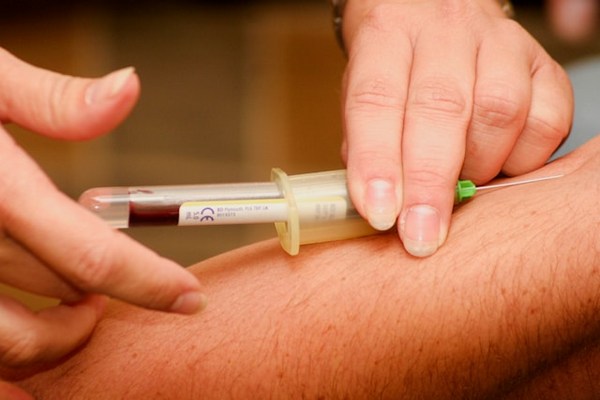
Regular monitoring of triglyceride levels can be done through blood tests known as lipid panels, which measure various components of the blood, including triglycerides.
Your healthcare provider will determine the frequency of testing based on your individual needs and risk factors. These tests help assess the effectiveness of lifestyle changes and medication interventions and provide valuable information for adjusting treatment plans if necessary.
How Often to Get Tested and What Tests Are Involved
The American Heart Association (AHA) recommends that adults over the age of 20 be tested for triglyceride levels every 4 to 6 years.
However, the frequency of testing may vary based on individual health conditions and risk factors. Children should be checked once between the ages of 9 and 11 and once between the ages of 17 and 21, according to the AHA.
The tests involved in monitoring triglyceride levels include lipid panels, which measure various components of the blood including total cholesterol, HDL (good) cholesterol, LDL (bad) cholesterol, and triglycerides.
These tests are typically conducted after a period of fasting, usually for 8 to 12 hours, to ensure accurate results. Discuss with your healthcare provider to determine the most appropriate testing frequency based on your individual needs.
Interpreting Your Test Results: A Guide
Learn more about controlling those cholesterol and triglyceride numbers at https://t.co/NykaXV3Ps7. https://t.co/BK0WzXatZ7 pic.twitter.com/ZkskeEgKCo
— American Heart Association (@American_Heart) June 19, 2018
Normal triglyceride levels are typically below 150 mg/dL for adults. Borderline high levels range from 150 to 199 mg/dL, while high levels are considered to be 200 mg/dL or above.
Very high levels are those exceeding 500 mg/dL. It is important to note that these values may vary depending on the laboratory reference ranges and the units used for measurement.
Your healthcare provider will interpret your test results and provide guidance based on your individual health profile and risk factors.
Conclusion
Regular monitoring and lifestyle adjustments can help you maintain healthy levels and reduce associated health risks. Remember, taking proactive steps towards managing your triglycerides is a positive investment in your long-term well-being.
If you have concerns about your levels, consult with your healthcare provider for personalized guidance and support.
Frequently Asked Questions
Can lifestyle changes alone lower high triglycerides?
Lifestyle changes, including a healthy diet and regular physical activity, can help lower high triglycerides. However, individual responses may vary, and medication may be necessary in some cases. Consult with a healthcare provider for personalized guidance.
Are there any warning signs of high triglyceride levels?
High triglyceride levels usually do not cause any symptoms. They are often detected through blood tests ordered by a healthcare provider. Regular monitoring of triglyceride levels is important for early detection and management of high levels.
Research
Aviram, M., Brox, J. and Nordoy, A., 1986. Acute Effects of Dietary Cod Liver Oil and Cream on Plasma Lipoproteins. Annals of Nutrition and Metabolism, [online] 30(2), pp.143–148.
https://doi.org/10.1159/000177187.
Burchard HU, Tischendorf FW. Die Auswirkungen der Einnahme von Lebertran auf den Blutfettspiegel, das Lipoproteinprofil und die Blutungszeit [The effects of the intake of cod liver oil on the blood lipid level, the lipoprotein profile and bleeding time]. Z Ernahrungswiss. 1989 Mar;28(1):84-91. German. doi: 10.1007/BF02025568. PMID: 2718528.
Dibaba DT. Effect of vitamin D supplementation on serum lipid profiles: a systematic review and meta-analysis. Nutr Rev. 2019 Dec 1;77(12):890-902. doi: 10.1093/nutrit/nuz037. PMID: 31407792.
Egeland, G. M., Meyer, H. E., Selmer, R., Tverdal, A., & Vollset, S. E. (2001). Cod Liver Oil Consumption, Smoking, and Coronary Heart Disease Mortality: Three Counties, Norway. International Journal of Circumpolar Health, 60(2), 143–149. https://doi.org/10.1080/25761900.2022.12220584
Fatima, F., Memon, A., Zafar, S., Amar, Z., Talpur, A. S., Hashim, S., Maqsood, H., Hafizyar, F., & Kumar, B. (2021). Role of Cod Liver Oil in Reducing Elevated Lipid Parameters. Cureus, 13(6).
https://doi.org/10.7759/cureus.15556
Goel S, Sharma A, Garg A. Effect of Alcohol Consumption on Cardiovascular Health. Curr Cardiol Rep. 2018 Mar 8;20(4):19. doi: 10.1007/s11886-018-0962-2. PMID: 29520541.
Heden, T., Liu, Y., Sims, L., Whaley-Connell, A. T., Chockalingam, A., Dellsperger, K. C., & Kanaley, J. A. (2013). Meal frequency differentially alters postprandial triacylglycerol and insulin concentrations in obese women. Obesity (Silver Spring, Md.), 21(1), 123. https://doi.org/10.1002/oby.20247
HODGES, R. E., & KREHL, W. (1965). The Role of Carbohydrates in Lipid Metabolism. The American Journal of Clinical Nutrition, 17(5), 334-346. https://doi.org/10.1093/ajcn/17.5.334
Hudgins, L.C., 2000. Effect of High-Carbohydrate Feeding on Triglyceride and Saturated Fatty Acid Synthesis. Proceedings of the Society for Experimental Biology and Medicine, [online] 225(3), pp.178–183. https://doi.org/10.1046/j.1525-1373.2000.22521.x.
Iqbal, M. P. Trans fatty acids – A risk factor for cardiovascular disease. Pakistan Journal of Medical Sciences, 30(1), 194-197. https://doi.org/10.12669/pjms.301.4525
McCarty, M. F. (2004). An elevation of triglycerides reflecting decreased triglyceride clearance may not be pathogenic – relevance to high-carbohydrate diets. Medical Hypotheses, 63(6), 1065-1073. https://doi.org/10.1016/j.mehy.2002.11.002
Min, H. S., Kang, J. Y., Sung, J., & Kim, M. K. (2016). Blood Triglycerides Levels and Dietary Carbohydrate Indices in Healthy Koreans. Journal of Preventive Medicine and Public Health, 49(3), 153-164. https://doi.org/10.3961/jpmph.16.014
Natto, Z. S., Yaghmoor, W., Alshaeri, H. K., & Van Dyke, T. E. (2019). Omega-3 Fatty Acids Effects on Inflammatory Biomarkers and Lipid Profiles among Diabetic and Cardiovascular Disease Patients: A Systematic Review and Meta-Analysis. Scientific Reports, 9(1), 1-10. https://doi.org/10.1038/s41598-019-54535-x
Qin, S., Huang, L., Gong, J., Shen, S., Huang, J., Ren, H., & Hu, H. (2017). Efficacy and safety of turmeric and curcumin in lowering blood lipid levels in patients with cardiovascular risk factors: A meta-analysis of randomized controlled trials. Nutrition Journal, 16.
https://doi.org/10.1186/s12937-017-0293-y
Rafraf M, Malekiyan M, Asghari-Jafarabadi M, Aliasgarzadeh A. Effect of Fenugreek Seeds on Serum Metabolic Factors and Adiponectin Levels in Type 2 Diabetic Patients. Int J Vitam Nutr Res. 2014;84(3-4):196-205. doi: 10.1024/0300-9831/a000206. PMID: 26098483.
Raatz SK, Johnson LK, Rosenberger TA, Picklo MJ. Twice weekly intake of farmed Atlantic salmon (Salmo salar) positively influences lipoprotein concentration and particle size in overweight men and women. Nutr Res. 2016 Sep;36(9):899-906. doi: 10.1016/j.nutres.2016.06.011. Epub 2016 Jun 27. PMID: 27632909.
Rosales, C., Gillard, B. K., & Pownall, H. J. (2020). The Alcohol–High-Density Lipoprotein Athero-Protective Axis. Biomolecules, 10(7). https://doi.org/10.3390/biom10070987
Smith, U. (1994). Carbohydrates, fat, and insulin action. The American Journal of Clinical Nutrition, 59(3), 686S-689S. https://doi.org/10.1093/ajcn/59.3.686S
Taylor AE, Lu F, Carslake D, Hu Z, Qian Y, Liu S, Chen J, Shen H, Smith GD. Exploring causal associations of alcohol with cardiovascular and metabolic risk factors in a Chinese population using Mendelian randomization analysis. Sci Rep. 2015 Sep 14;5:14005. doi: 10.1038/srep14005. PMID: 26364564; PMCID: PMC4568464.
Truswell, A. (1994). Food carbohydrates and plasma lipids””an update. The American Journal of Clinical Nutrition, 59(3), 710S-718S. https://doi.org/10.1093/ajcn/59.3.710S
Ullrich, I.H., Peters, P.J. and Albrink, M.J., 1985. Effect of low-carbohydrate diets high in either fat or protein on thyroid function, plasma insulin, glucose, and triglycerides in healthy young adults. Journal of the American College of Nutrition, [online] 4(4), pp.451–459. https://doi.org/10.1080/07315724.1985.10720087.
Wolever, T., Gibbs, A., Chiasson, J., Connelly, P., Josse, R., Leiter, L., Maheux, P., Rabasa-Lhoret, R., Rodger, N., & Ryan, E. (2013). Altering source or amount of dietary carbohydrate has acute and chronic effects on postprandial glucose and triglycerides in type 2 diabetes: Canadian trial of Carbohydrates in Diabetes (CCD). Nutrition, Metabolism and Cardiovascular Diseases, 23(3), 227-234. https://doi.org/10.1016/j.numecd.2011.12.011
Yang, J., Wu, L., & Chiu, H. (2018). High-Intensity Intermittent Exercise Increases Fat Oxidation Rate and Reduces Postprandial Triglyceride Concentrations. Nutrients, 10(4). https://doi.org/10.3390/nu10040492
Is Eating Sugar Really That Bad For Your Health?
Should You Really Be Concerned? In short, YES! Thank you, that’s all folks, and do have a good evening. Seriously though, extensive research has established…
Non-Alcoholic Fatty Liver Disease (NAFLD)
Key Takeaways NAFLD involves fat buildup in the liver not caused by alcohol. Commonly associated with obesity, insulin resistance, and metabolic syndrome. NAFLD can lead…
Coping with Pet Allergies: Tips & Advice
Key Highlights Pet allergies often cause sneezing, coughing, itchy eyes, and skin rash. Pet allergens are in the saliva, urine, and dander of furry animals….
SIBO Bloating: Causes, Diet, & Management Tips
Key Takeaways SIBO disrupts gut bacteria balance, causing bloating, pain, and nutrient absorption issues. Symptoms include bloating, abdominal pain, diarrhea, constipation, weight loss, and fatigue….
Proteolytic Enzymes and Heart Health: What the Research Shows
Your heart works tirelessly to pump blood throughout your body, delivering essential nutrients and oxygen to your cells. However, factors like poor diet, stress, and…
Remnant Cholesterol (RC): Its Origins & Impact
Key Takeaways Remnant cholesterol (RC) is the cholesterol content left in the blood after triglycerides are removed from VLDL and IDL particles. RC is a…
Inflammation: Causes & Effects
Key Takeaways Inflammation is the body’s response to injury or infection, but chronic inflammation can lead to health problems. Iron overload from artificial sources and…
Triglycerides: Levels & Range Explained
Key Highlights Triglycerides are the most common form of fat in the body play a role in energy storage High levels of triglycerides can increase…
Supporting Mental Health with Gut Health
Key Takeaways Gut-Brain Connection: Gut health is directly linked to mental wellbeing through the gut-brain axis. Probiotics: Beneficial bacteria that help regulate mood and support…
Signs of Diabetes: Recognizing the Red Flags
Key Takeaways Increased Thirst and Urination: High blood sugar leads to dehydration, causing excessive thirst and frequent urination. Unexplained Weight Loss: Diabetes can cause the…
Diabetes: Everything You Need to Know
Alcohol and Its Effects
Key Takeaways Alcohol is metabolized primarily in the liver, producing acetaldehyde, a toxic byproduct. Chronic alcohol consumption leads to liver damage, including fatty liver, hepatitis,…
Postbiotics: What They Are and Why They Are Important
Key Takeaways Postbiotics 101: They’re beneficial by-products from probiotics that consume prebiotics Boosts Immunity: Postbiotics sharpen your immune system, helping fight off pathogens and reducing…
L-Glutamine and Gut Health: Benefits and Side Effects
Key Takeaways L-Glutamine is essential for gut health. Benefits include improved digestion and reduced inflammation. Potential side effects are rare but can occur in high…
Allergy-Friendly Pets
Key Highlights Hypoallergenic pets are great for people with pet allergies, as they produce fewer allergens like dander, saliva, and proteins that can trigger symptoms….
Dialysis: Benefits & Challenges
Key Takeaways Dialysis removes waste and excess fluid from the blood when kidneys cannot function. Two main types: hemodialysis (machine-based) and peritoneal dialysis (abdomen-based). Dialysis…
Metabolic Syndrome: Managing This Health Risk
Key Takeaways Metabolic syndrome is a cluster of conditions increasing the risk of heart disease, stroke, and diabetes. Symptoms include high blood pressure, high blood…
How to Lower Triglycerides Fast: Natural Solutions
Key Highlights Triglycerides, a type of fat found in the blood, are essential indicators of metabolic health. Elevated triglyceride levels increase the risk of heart…
Boost Insulin Sensitivity Naturally
Key Takeaways Improving insulin sensitivity helps control blood sugar and reduces the risk of metabolic disorders. Regular physical activity enhances how cells respond to insulin….
Atherosclerosis Prevention Strategies: Insights from Scientific Research
Key Takeaways Atherosclerosis is the hardening and narrowing of arteries caused by plaque buildup. Chronic inflammation and oxidative stress contribute to the development of plaque….
Insulin Resistance: What It Is & How to Manage It
Key Takeaways Insulin resistance leads to high blood sugar when cells stop responding to insulin. Often connected to obesity, poor diet, and physical inactivity. Symptoms…
Alzheimer’s Disease: Symptoms, Causes, Treatment
Key Takeaways Alzheimer’s disease is a progressive neurodegenerative disorder affecting memory, thinking, and behavior. Oxidative stress, including from excess iron, plays a significant role in…
Travel Hygiene Tips: Stay Fresh on the Go
Key Highlights Key practices include frequent handwashing, showering, and oral care. Packing a portable hygiene kit can help you stay fresh on the go. Advanced…
Parkinson’s Disease : Symptoms, Causes & Treatment
Key Takeaways Parkinson’s disease is a progressive neurological disorder that affects movement and coordination. Oxidative stress and excess iron are significant factors in the progression…
Chronic Kidney Disease (CKD): Causes & Treatment
Key Takeaways Ultra-processed foods and high carbohydrate intake worsen inflammation, harming kidney function. Iron overload leads to oxidative stress, which accelerates CKD progression. Copper is…
7 Simple Tips for Lowering Blood Pressure Naturally
Maintaining healthy blood pressure levels is essential for overall well-being, as high blood pressure can lead to serious health complications. However, it is possible to…
Iron Overload: Symptoms & Prevention Tips
Key Takeaways: Iron overload happens when the body absorbs excessive iron, which can damage organs. Common symptoms include fatigue, joint pain, and skin changes. Early…
Metabolic Health: What It Means and How to Improve It
Key Takeaways Metabolic health reflects how well your body processes energy and maintains stable blood sugar, cholesterol, and blood pressure. Key indicators of metabolic health…
7 Remedies for Kidney Stones: A Comprehensive Guide
Key Takeaways Staying well-hydrated and adopting a balanced diet can help prevent kidney stones. Knowing the causes of kidney stones can inform effective prevention strategies….
High Homocysteine: How to Manage Levels
Key Takeaways: Elevated homocysteine can raise the risk of heart disease and other health problems. Animal-based foods high in B vitamins help reduce homocysteine levels….
Vegetable Oil: Health Risks You Might Not Know
Key Takeaways: Omega-6 fats from vegetable oils cause oxidative stress and inflammation. Reducing omega-6 intake and using stable fats can lower health risks. High triglycerides…
Histamine: What You Should Know
Key Takeaways Histamine’s Role: Vital in immune responses, digestion, and as a neurotransmitter in the central nervous system. Histamine Production: Produced in mast cells and…
Uric Acid: Effects & Management
Quit Sugar for 14 Days: What Happens to Your Body?
Key Takeaways: Immediate Health Benefits of Reducing Sugar: In just two weeks, enjoy enhanced energy levels, weight loss, a reduced risk of chronic diseases, and…

